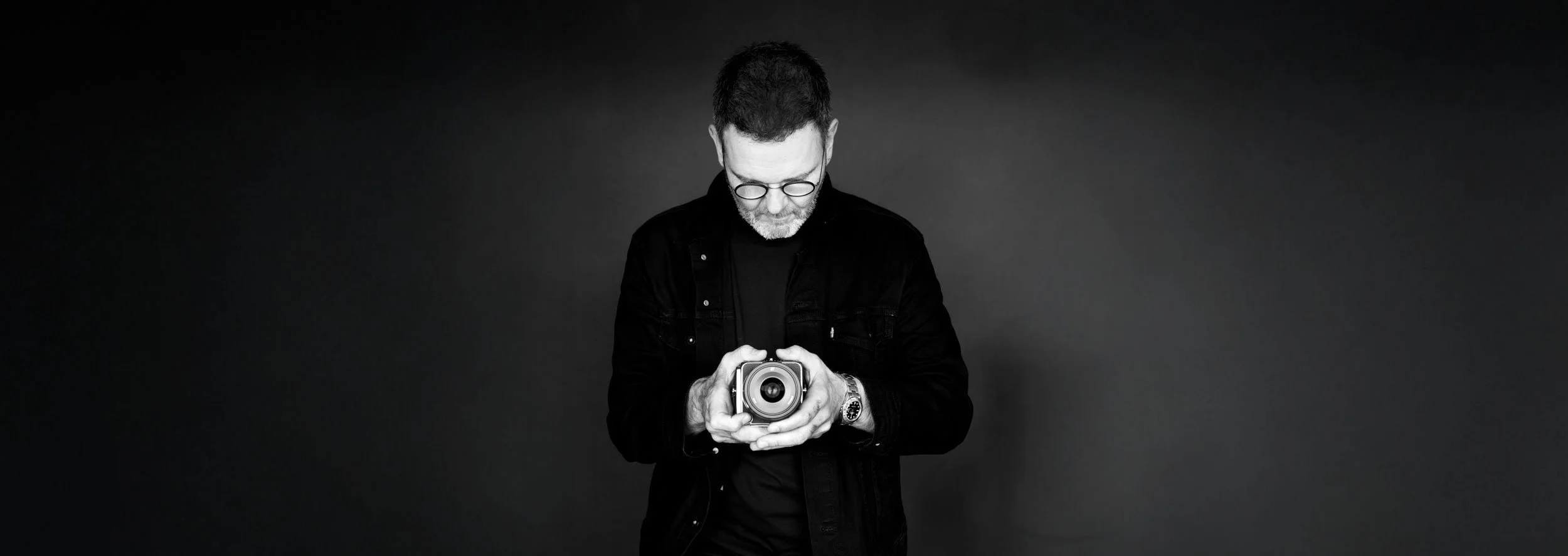Bild: Jutta Benzenberg
in Kürze:
Heimat: Zürich und Berlin
Tätigkeitsraum: Schweiz, Deutschland, weltweit
Studium Architektur an der
Universität der Künste Berlin
(Abschluss: Dipl. Ing. Architekt)
Studium Fotografie an der
Schule für Gestaltung Zürich
(Abschluss: Dipl. Gestalter HF Kommunikationsdesign, Fotografie)
Mitglied
professionelle fotografie schweiz - SIYU (früher SBF)
Mitglied
Schweizer Architekten und Ingenieur Verein (SIA)
Mitglied
Architektenkammer Berlin
In recent years, the analysis of architectural issues has primarily shaped my work. I‘m focusing on illuminating formally aesthetic and political-social qualities of spatial situations.
Built matter affects our lives more than most other man-made elements. However, many people consciously experience only architecture with a strong creative drive (sensational architecture). The everyday is overlooked - the power behind seemingly mundane spaces is quickly underestimated. Mainly these however influence our constant movements, decisions and behavior (subconsciously). My work visually elevates suspenseful and important spatial situations that are often misunderstood as such to show how these can influence, direct or enhance our lives.
By showing urban interventions and conditions, spatial atmospheres or structural details, I create images that have an intrinsic aesthetic and/or content value that goes beyond pure documentation. Photography offers me the best technical requisites for realizing my ideas. I‘m not afraid to digitally manipulate images (if it doesn‘t contradict the purpose of the image) to show my original idea behind the project. For me, photography is a tool, like a brush and paint are for a painter. Initially, the character of photos as evidence of reality, guides the viewer into accepting a situation as given and provides a chance to concentrate on the aesthetics and the content of the picture.
I take a slightly different approach to projects like “A Dictator’s Home” (formerly known as: Opening Red Doors) or the city walks. In these projects, it is essential not to change what is already there. The consistent, unchanged documentation of the situation is part of the content. My work in these projects is finding a situation that shows exactly what is important to me. Staging precisely and focusing on the subject gives the picture the power to transport my original idea.
Similar to the subjects shown, my works do not aggressively seek attention. I rather try to give the pictures attractiveness through a clear design language. In the best case, this gets the viewer to take a closer look at its content. Formally, I am influenced by the philosophies of the Düsseldorf School with its founders Bernd and Hilla Becher and their students such as Candida Höfer, Thomas Struth and Andreas Gusky. They all use very clear aesthetics to show a larger picture.
I recently got the opportunity to work in New York. The city is usually full of tourists and there are countless places to see. This leads to severe overdocumentation. Pretty much everything has been photographed before. Like before I’m concentrating on situations that many may not find very exciting at a quick glance (eg. social housing or temporary Covid-related interventions). I put these in relation to each other and show typologies that influence urban life.
In today’s world, “being visible” is usually the focus when publishing photographs. Added value in terms of content is rarely created in the process. My work forms a counterposition. The significance of the depicted is in the foreground. The aesthetics reinforce the original idea, creating an intrinsic value that generates the viewer‘s interest on a visual and intellectual level.





